Welcome to Retro Television Reviews, a feature where we review some of our favorite and least favorite shows of the past! On Sundays, I will be reviewing the made-for-television movies that used to be a primetime mainstay. Today’s film is 1977’s Mary Jane Harper Cried Last Night! It can be viewed on YouTube.
Damn.
I mean, seriously! I have seen some depressing films before but nothing could have quite prepared me for Mary Jane Harper Cried Last Night.
Susan Dey stars as Rowena, a young single mother whose 3 year-old daughter, Mary Jane Harper (Natasha Ryan), is taken to the hospital with a broken arm. Dr. Angela Buccieri (Tricia O’Neil) doesn’t believe Rowena’s claim that Mary Jane is just accident prone and when she discovers what appears to be cigarette burns on the little girl, Dr. Buccieri goes to the head of pediatrics (played by veteran screen villain John Vernon) and requests a full set of X-rays to see if there are any previously healed injuries. Buccieri’s request is denied. It turns out that Rowena comes from a wealthy family and her father (Kevin McCarthy) is a trustee of the hospital. Even after Dr. Buccieri opens up about her own experiences as an abused child, she is told to drop the matter.
She doesn’t drop it. Instead, she goes to a social worker named Dave Williams (Bernie Casey). Dave does his own investigation but none of Rowena’s neighbors want to talk about all of the crying and the screaming that they hear coming from Rowena’s apartment. Rowena presents herself as being a stressed but loving mother. Dave suggests a support group that she can attend. When Rowena goes to the group, she opens up a little about how overwhelmed she feels. Unfortunately, she leaves Mary Jane in the apartment alone and, when a fire breaks out, Mary Jane is lucky to survive.
As intense as all of that is, it’s also only the first half of the movie. The second half is even more intense and emotionally draining and it all leads up to one of the most devastating final lines ever uttered in a movie. Throughout the film, the system fails both Rowena and Mary Jane. Mary Jane is failed when all of the evidence of the abuse that she has suffered is either ignored or shrugged away by the same people who are supposed to be looking out for her. Rowena is failed when no one pays attention to her obvious emotional instability. When she finally does have a breakthrough during a therapy session, her psychiatrist (played by James Karen) curtly tells her that they’ll have to talk about it next week because their hour is up.
Rowena is a character who I both hated and pitied. Like many abusers, she herself was a victim of abuse. Even when Rowena tries to get support, no one wants to admit that a mother is capable of abusing their own child. That said, Mary Jane Harper is at the center of the film. She’s a little girl who is desperate to be loved by a woman who often terrifies her. She is continually failed by the people who should be looking after her and it’s just devastating to watch. I’m sure I’m not the only person who was moved to tears by this film.
What a sad film. At the same time, it’s also an important one. If the film takes place at a time when no one wanted to admit to the abuse happening before their eyes, we now live in a time when people toss around allegations of abuse so casually that it’s led to a certain cynicism about the whole thing. Even when seen today, Mary Jane Harper Cried Last Night works as a powerful plea to watch out and care for one another.

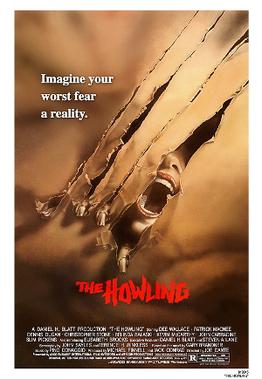
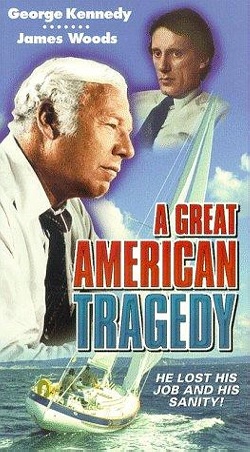
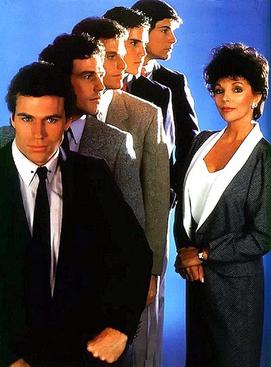

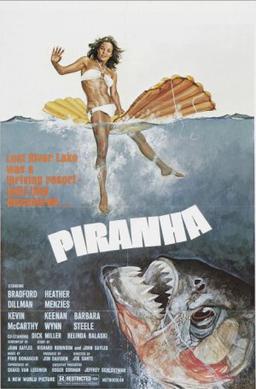

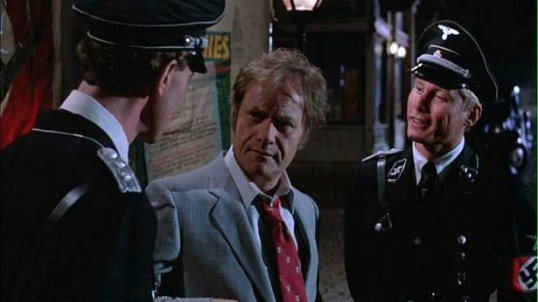
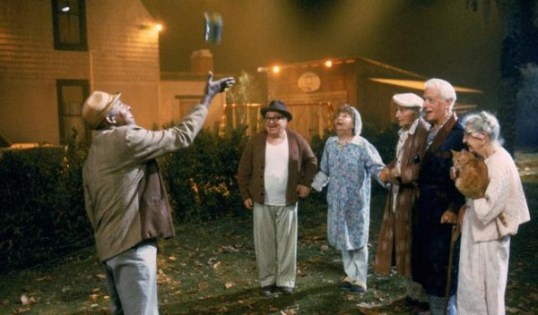
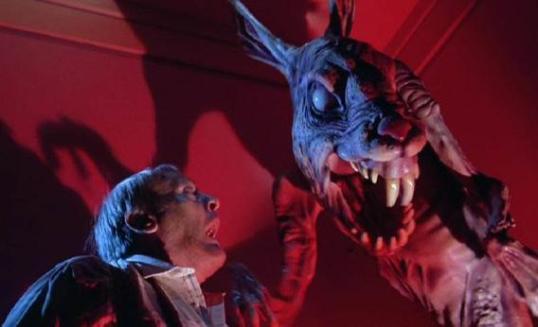
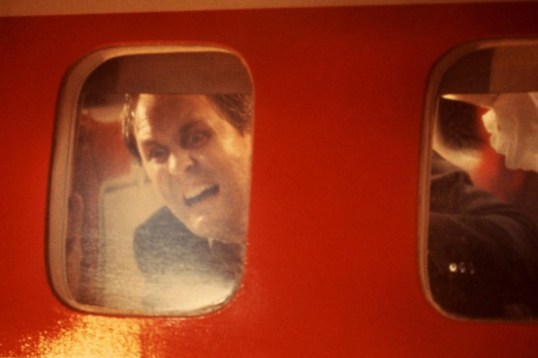
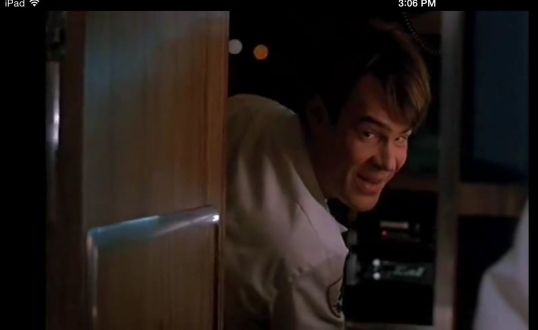
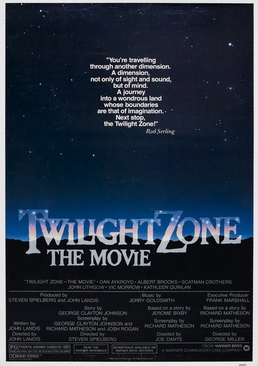
 When Eve VIII (Renée Soutendijk), a robot that has been designed so that she can pass for a human, is taken on a test run though the city, things go terribly wrong when she gets caught up in a bank robbery. When one of the robbers shoots her, it scrambles her circuits and causes her to switch into combat mode. For some reason, someone thought it would be a good idea to install the equivalent of a nuclear bomb inside the robot so now, Eve VIII is wandering around the city, killing anyone who shes views as being a danger, and threatening to send both herself and everyone up in a nuclear fireball.
When Eve VIII (Renée Soutendijk), a robot that has been designed so that she can pass for a human, is taken on a test run though the city, things go terribly wrong when she gets caught up in a bank robbery. When one of the robbers shoots her, it scrambles her circuits and causes her to switch into combat mode. For some reason, someone thought it would be a good idea to install the equivalent of a nuclear bomb inside the robot so now, Eve VIII is wandering around the city, killing anyone who shes views as being a danger, and threatening to send both herself and everyone up in a nuclear fireball.